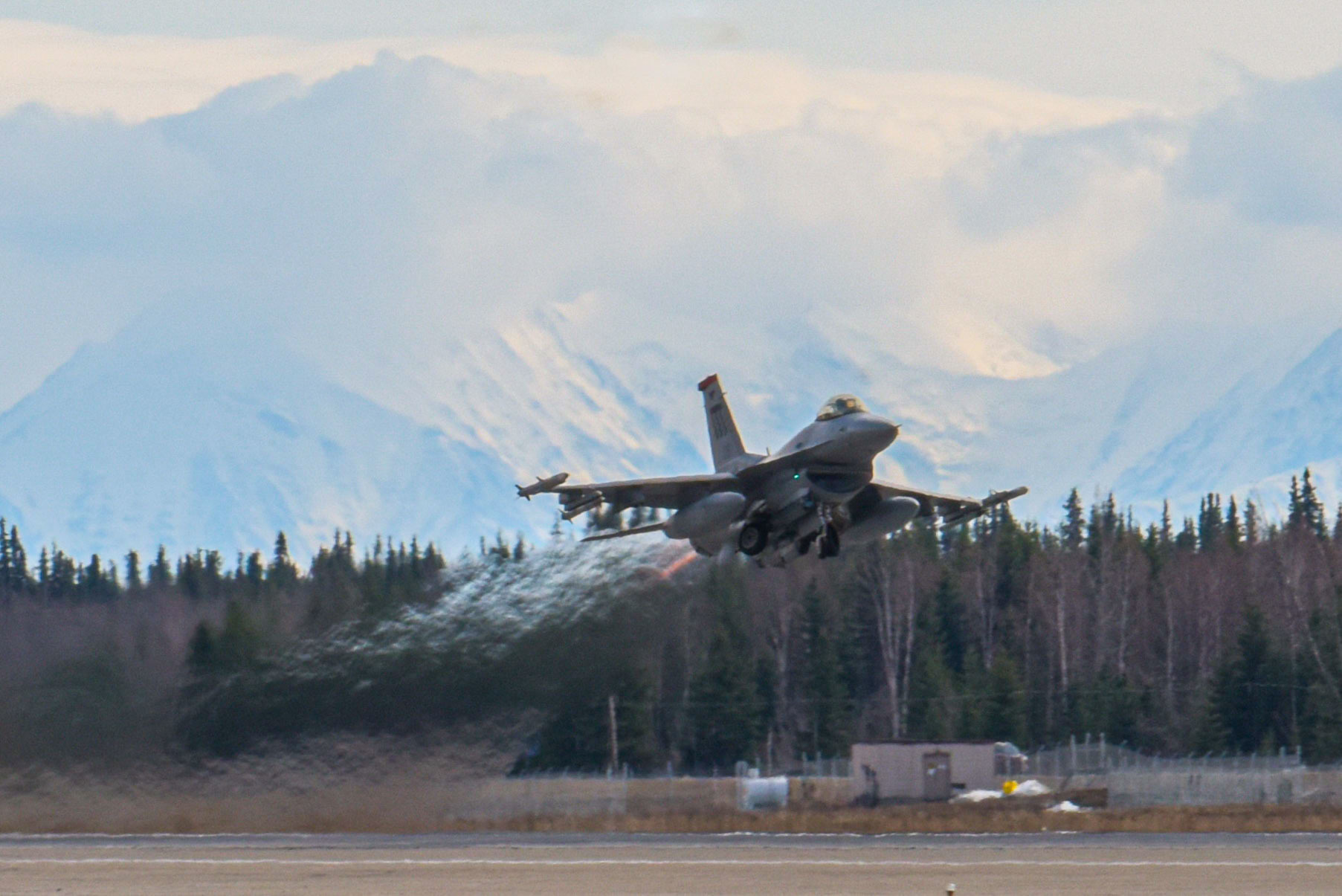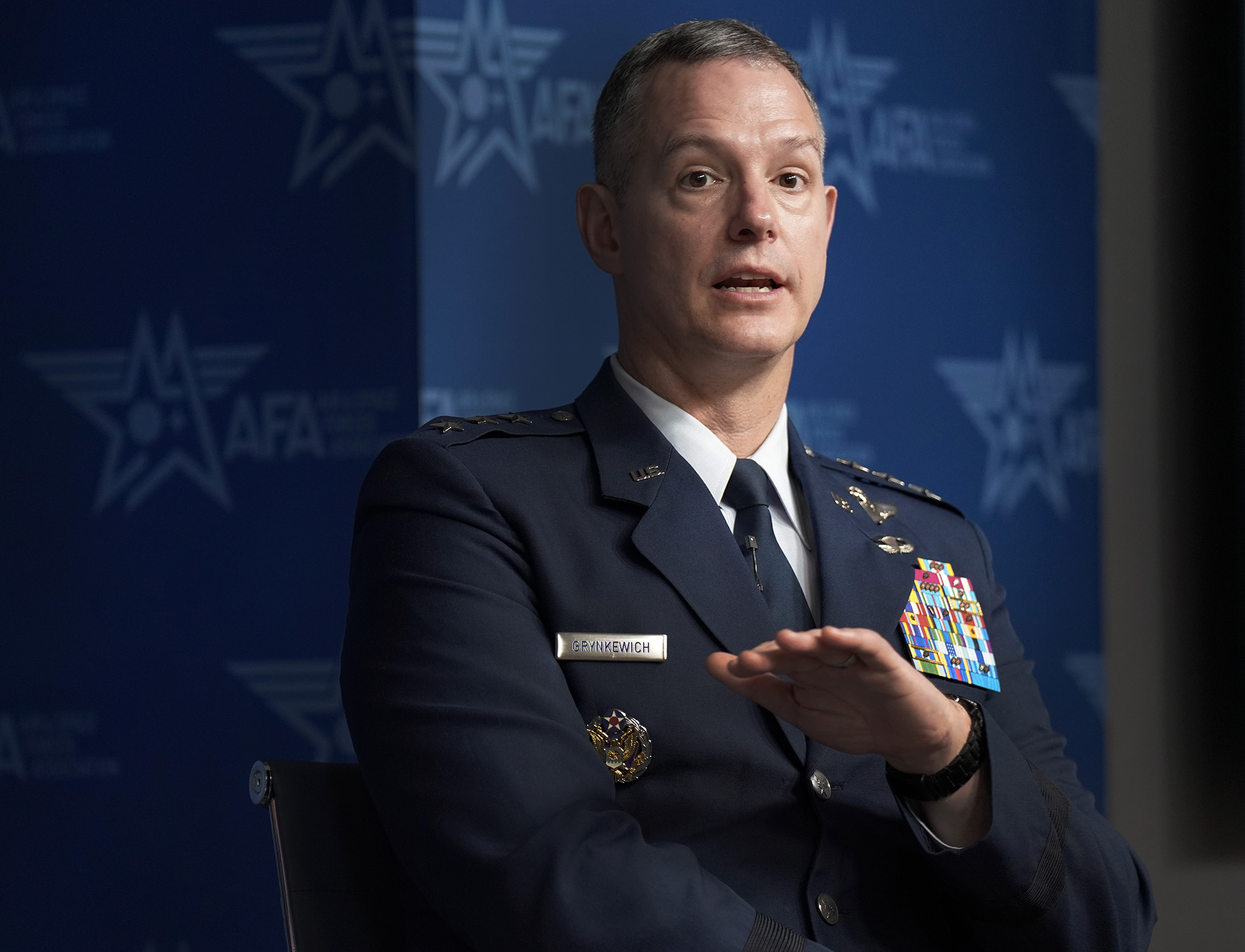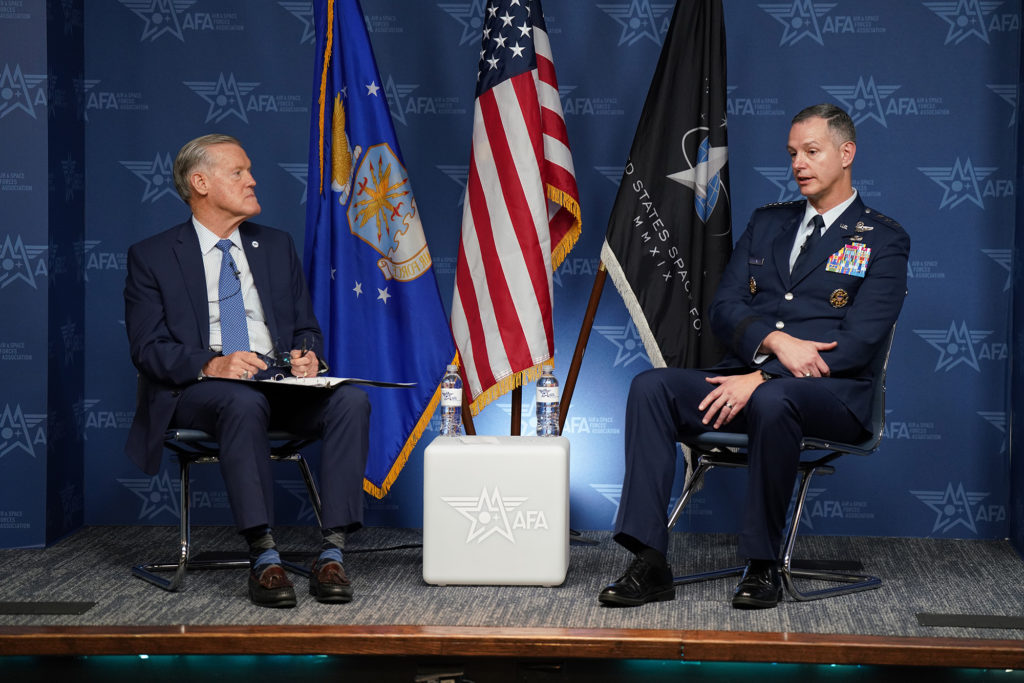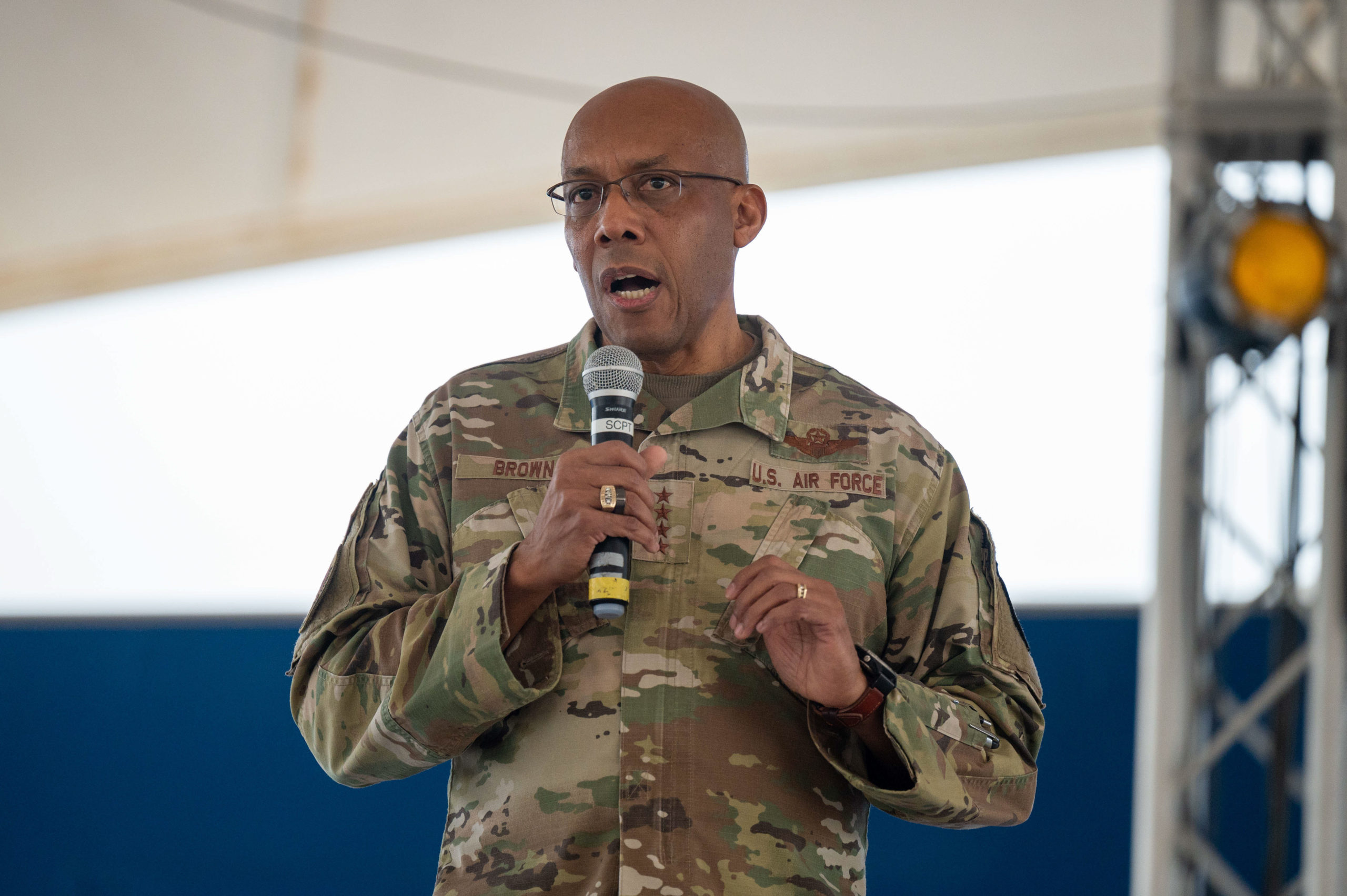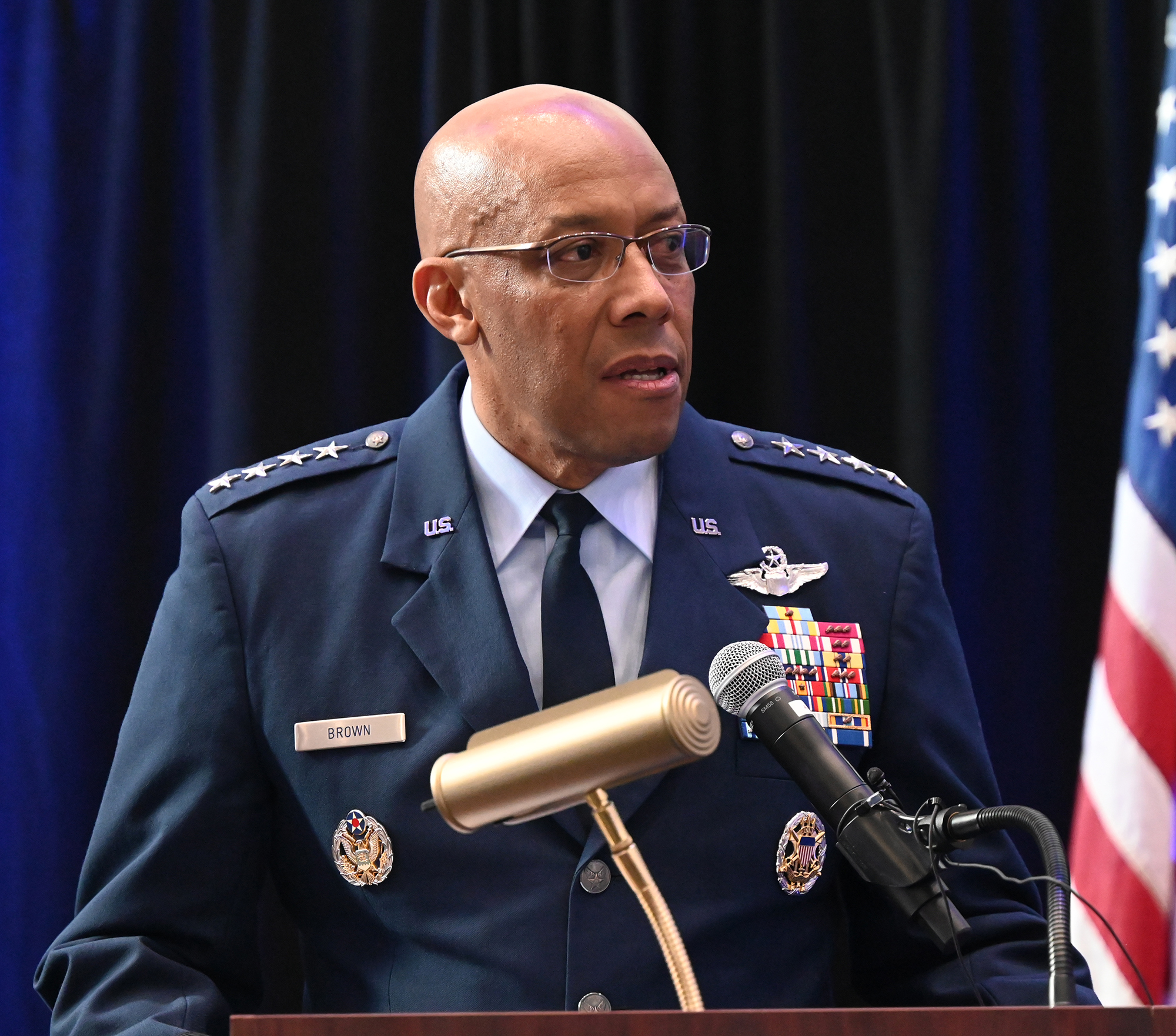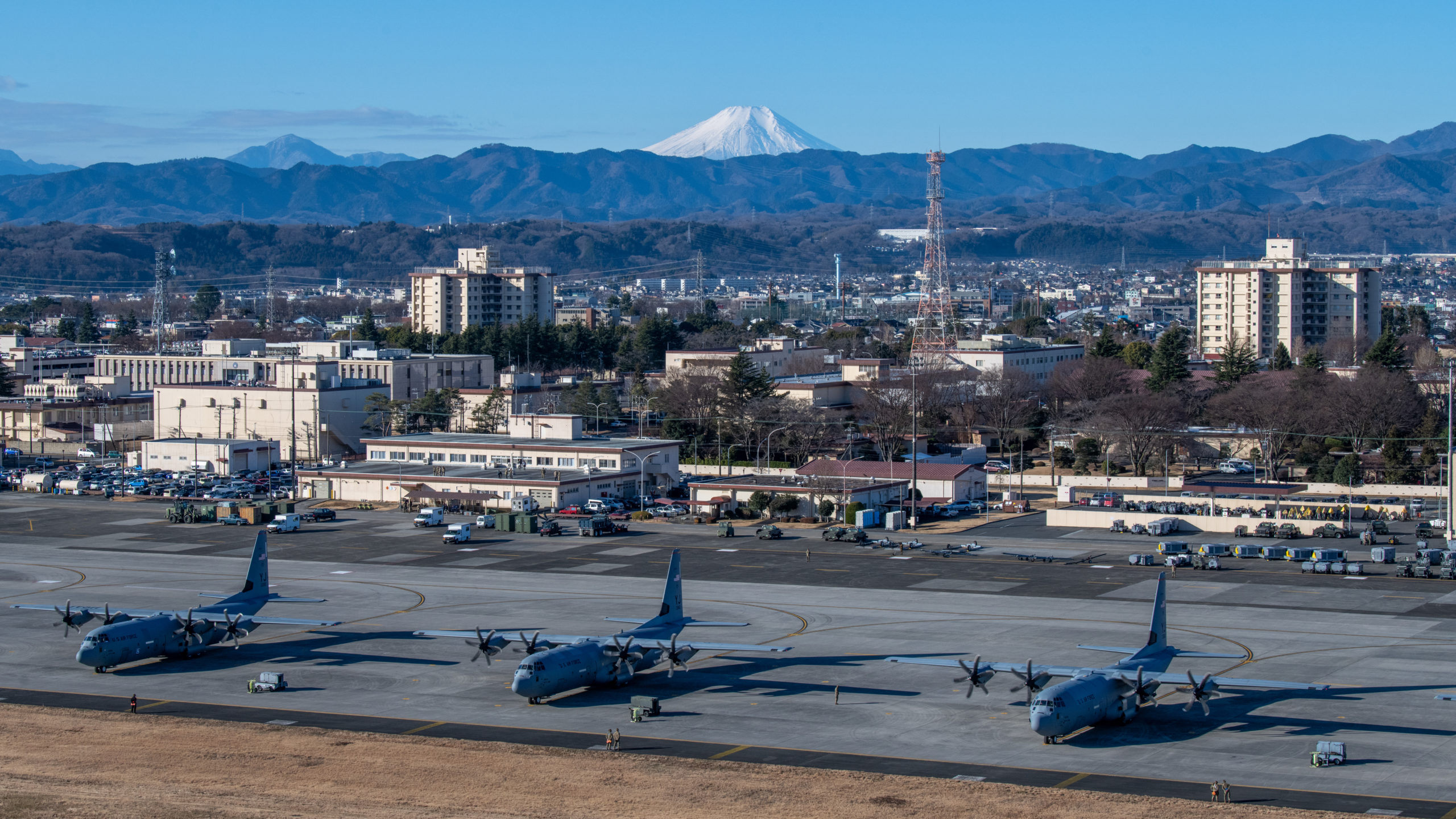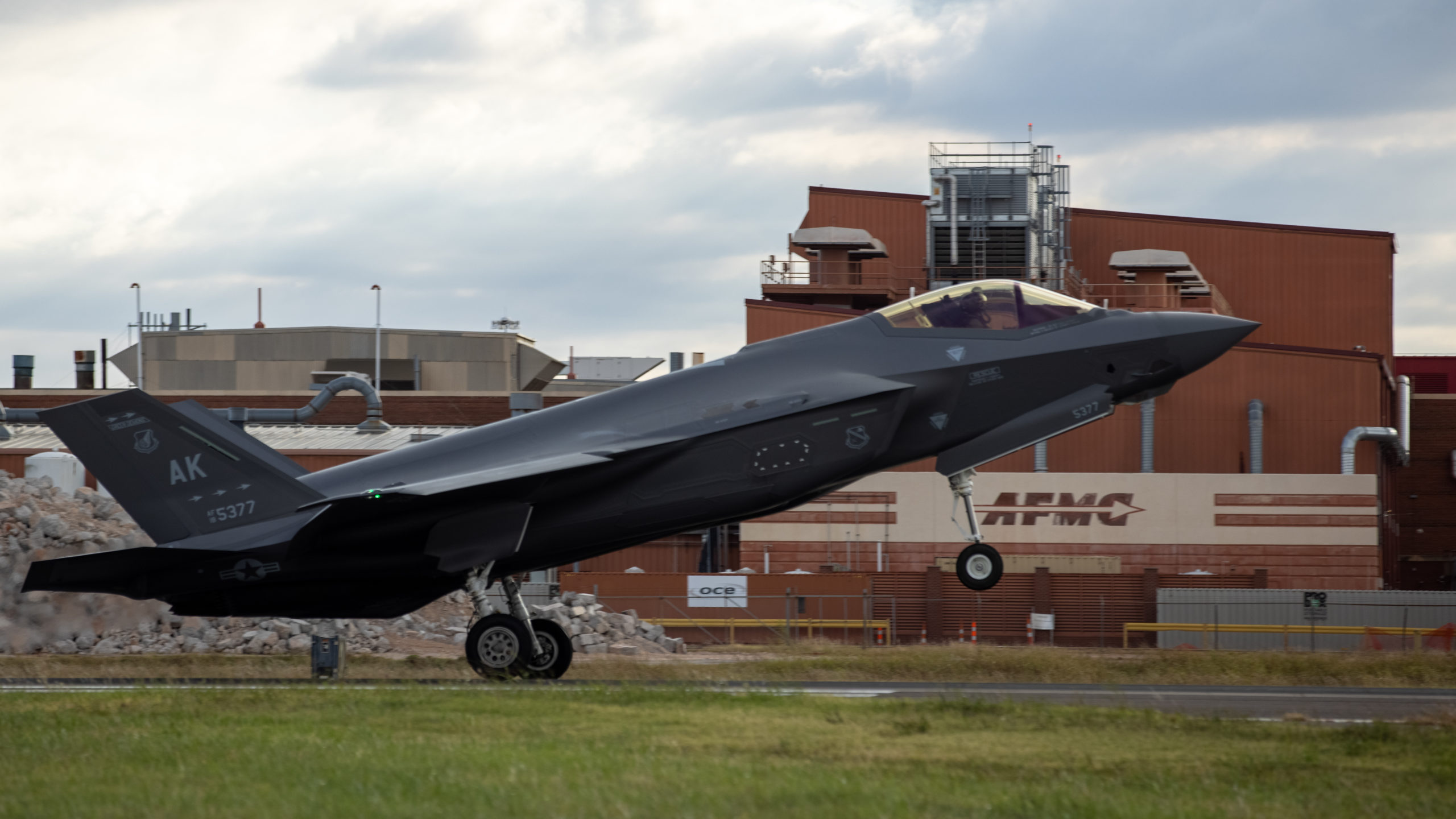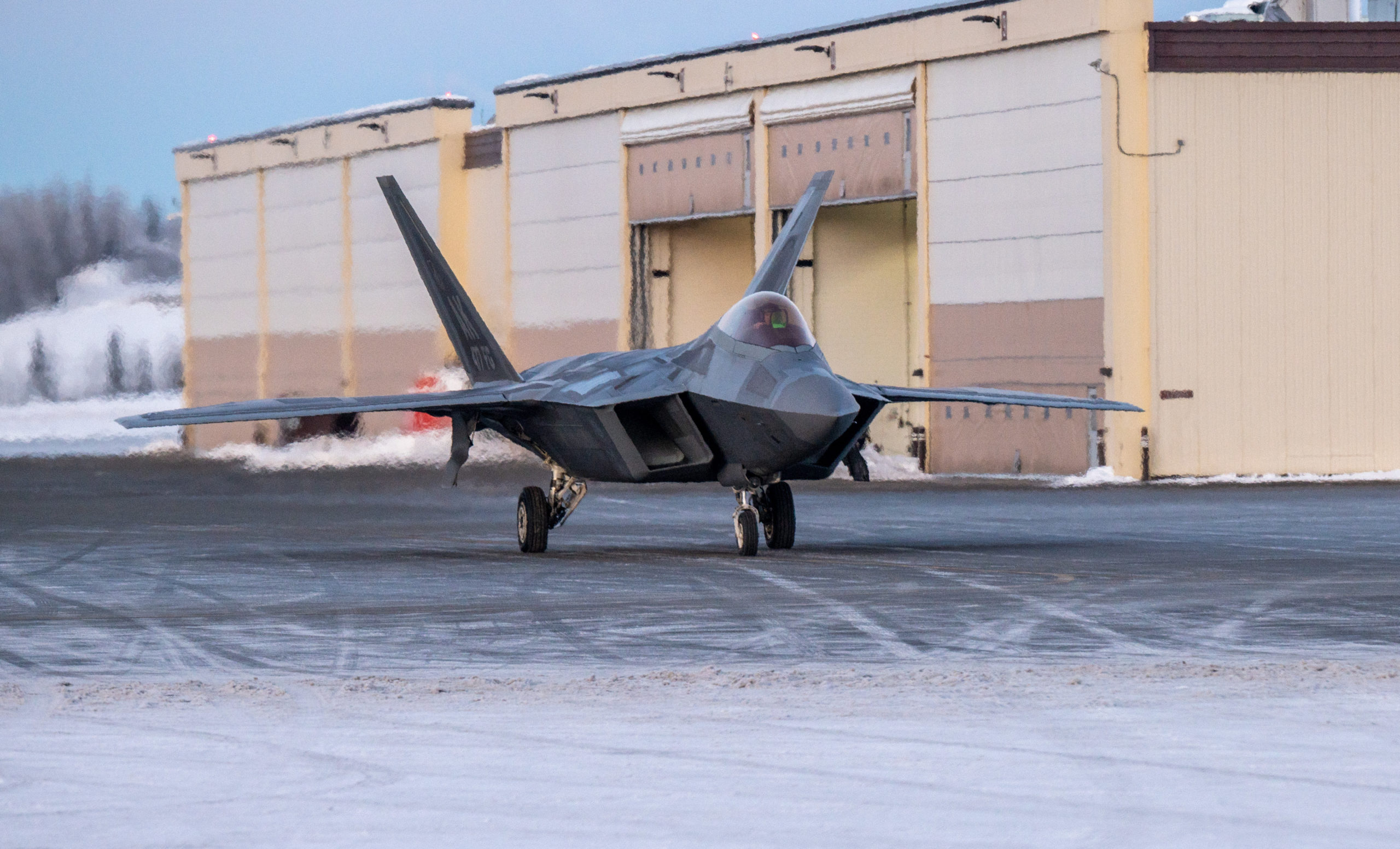U.S. warplanes intercepted four Russian aircraft operating near Alaska, the Department of Defense announced Feb. 14. But the U.S. stressed the Russian mission was not unsafe or provocative and the aircraft did not pose a threat.
On Feb. 13, two Russian Tu-95 Bear-H strategic bombers and two Su-35 Flanker-E fighters entered the Alaska Air Defense Identification Zone (ADIZ), North American Aerospace Defense Command (NORAD) said in a statement. The Alaska ADIZ serves as an early warning buffer for North America that includes international airspace, and NORAD said that Russian aircraft did not enter American or Canadian airspace.
“This Russian activity in the North American ADIZ occurs regularly and is not seen as a threat, nor is the activity seen as provocative,” NORAD said.
In addition to the two F-16s fighters that intercepted the Russian aircraft, NOARD had other assets backing up the mission including two F-35A Lightning II fifth-generation fighters, one E-3 Sentry airborne warning and control system, and two KC-135 Stratotanker refuelers.
Russian aircraft have conducted long-range flights that enter the ADIZ for decades, and American planes have routinely been sent to intercept them. The last incident occurred in October 2022, when Russia flew two Bear-H bombers into the ADIZ which were also intercepted by American F-16s. However, those bombers were not accompanied by Russian fighters as they were during this latest mission.
The Tu-95 is a large propeller plane that has been in service since the 1950s. U.S. intercepts of the Bear and other Russian aircraft were commonplace during the Cold War. In 2007, Russian President Vladimir Putin ordered long-range flights of strategic bombers to resume, and NORAD intercepts of those aircraft have occurred with varying frequency since then.
“Since Russia resumed out-of-area Long Range Aviation activity in 2007, NORAD has seen a yearly average of approximately six to seven intercepts of Russian military aircraft in the ADIZ,” NORAD said. “These numbers have varied each year from as high as 15 to as low as zero.”
According to NORAD’s statement, it expected the most recent Russian flight. It was unclear if NORAD had any intelligence of the specific Russian actions on Feb. 13 or was awaiting a Russian mission after a months-long lull in Russian activity in the ADIZ.
NORAD was originally created by the U.S. and Canada in 1958 to help defend the continental U.S. against Russian bombers. The command said it did not believe the Russian flight was an attempt to probe America’s air defenses after the recent shoot-downs of a Chinese surveillance balloon and other objects by NORAD and U.S. Northern Command.
“NORAD also assesses that this Russian flight activity is in no way related to recent NORAD and U.S. Northern Command operations associated with airborne objects over North America during the last two weeks,” the statement said. “NORAD routinely monitors foreign aircraft movements and as necessary, escorts them from the ADIZ.”
